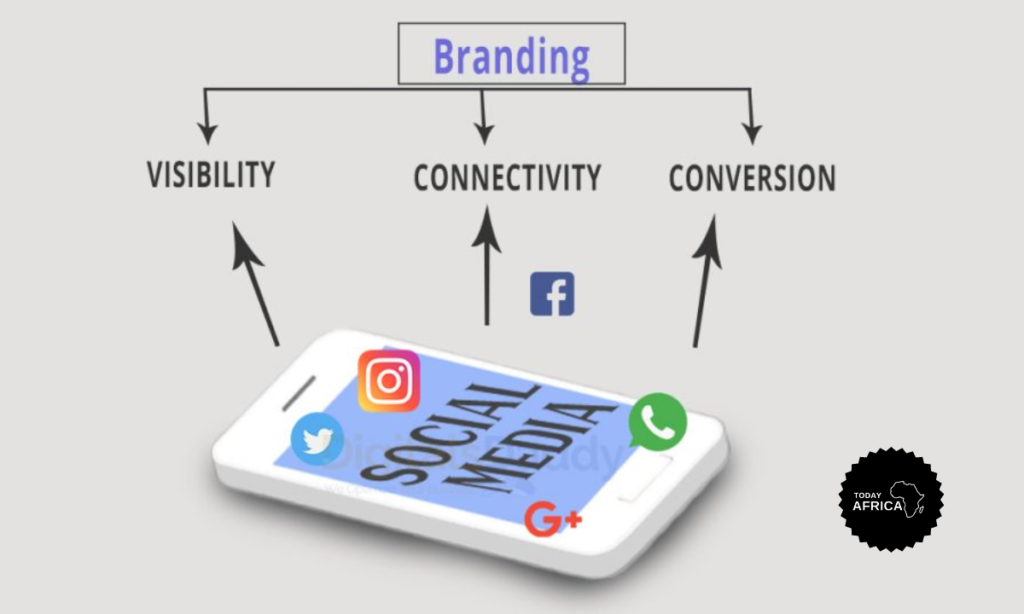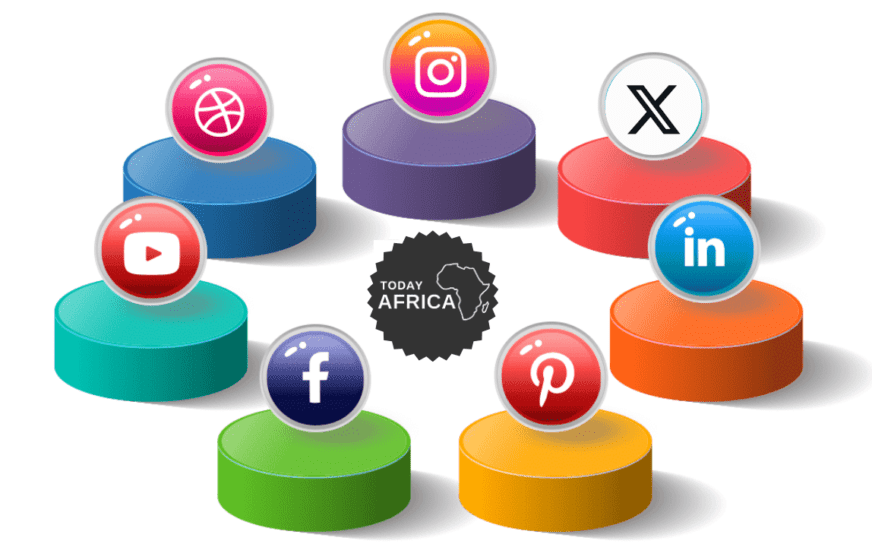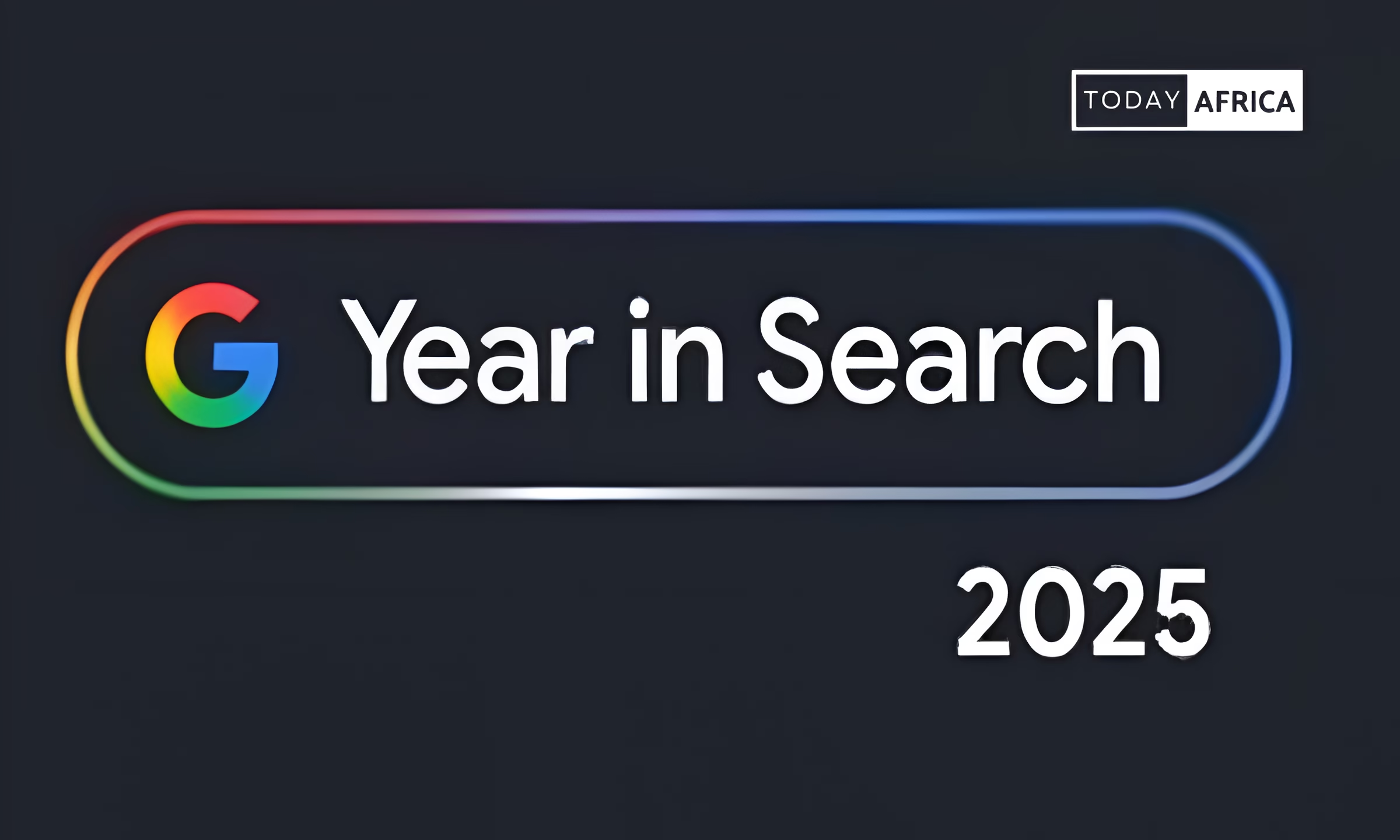Social media has evolved from a simple communication tool into a powerful business asset.
With billions of active users across platforms like Facebook, Instagram, Twitter (now X), TikTok, and LinkedIn, businesses can now engage, promote, and build relationships with potential customers like never before.
However, effectively leveraging social media to grow a business requires strategic planning, consistency, and creativity. In this article, we’ll explore actionable steps on how to grow your business using social media.
Whether you’re a startup, a small business, or a large enterprise, these strategies will help you capitalize on social media to drive engagement, build brand awareness, and ultimately grow your business.
Understanding the Power of Social Media
Social media has revolutionized how businesses communicate with their target audience. Unlike traditional marketing methods that are often expensive and slow, social media enables businesses to reach a massive audience almost instantly. Moreover, platforms like Facebook, Instagram, and LinkedIn allow you to tailor your message based on user data, ensuring that your content reaches the right people at the right time.
Benefits of social media for business growth
- Global reach: Access to millions of users worldwide.
- Cost-effective: Low-cost or even free opportunities for promotion.
- Customer engagement: Direct interaction with potential and existing customers.
- Brand awareness: Increased visibility and recognition.
- Customer feedback: Real-time insights into customer preferences and satisfaction.
How to Grow Your Business Using Social Media
1. Choose the right platforms
Not all social media platforms are the same, and it’s essential to select the ones that align with your business goals and target audience. Each platform has unique features, demographics, and engagement styles, so knowing where to focus your efforts is crucial.
Popular social media platforms:
- Facebook: Ideal for businesses looking to target a broad, diverse audience. Excellent for advertising and community building.
- Instagram: Perfect for visually-driven brands like fashion, food, and travel. Features like Stories and Reels make it engaging.
- LinkedIn: Focused on B2B connections, professional networking, and thought leadership.
- Twitter (X): Great for real-time updates, customer service, and trending content.
- TikTok: An emerging platform for viral content, especially for younger audiences.
- Pinterest: Best for industries like home décor, fashion, and DIY, where inspiration and creativity are key.
How to choose the right platform
- Identify your target audience: Where do they spend their time online?
- Analyze your content type: Visual (Instagram, Pinterest), text-based (Twitter), or video content (TikTok, YouTube).
- Consider your industry: B2B businesses thrive on LinkedIn, while eCommerce brands perform well on Instagram.
2. Define your social media goals
Before you start posting on social media, it’s essential to define clear goals. Without goals, you risk wasting time and resources on strategies that don’t align with your overall business objectives.
Some common social media goals
- Increase brand awareness: Grow your audience and get more people familiar with your brand.
- Generate leads and sales: Drive traffic to your website and convert followers into customers.
- Boost community engagement: Foster relationships with your audience through comments, shares, and direct messages.
- Drive website traffic: Use social media to direct visitors to your website, landing pages, or product pages.
SMART goals framework
When defining your goals, use the SMART framework:
- Specific: Clear and concise.
- Measurable: Quantifiable success indicators.
- Achievable: Realistic and attainable.
- Relevant: Aligned with broader business objectives.
- Time-bound: Set within a specific timeframe.
For example, instead of setting a vague goal like “increase Instagram followers,” you can say:
“Increase Instagram followers by 20% over the next three months by posting consistently and engaging with followers daily.”
Read Also: Choosing the Right Legal Structure for a Business
3. Create a strong brand presence
Your social media profiles are extensions of your brand. They should communicate your business’s values, mission, and personality. A well-crafted brand presence sets the tone for all your social media activities and builds trust with your audience.

Key elements of a strong social media presence
- Consistent branding: Use the same logo, color scheme, and tone across platforms.
- Optimized profiles: Ensure your profile information is up-to-date, including your bio, profile picture, and website link.
- Engaging bio: Craft a compelling bio that summarizes your business and why people should follow you.
- Visual aesthetics: If you’re on a visual platform like Instagram, maintain a cohesive feed and theme.
Brand voice
Your brand voice refers to the tone and style of your communication. It should reflect your business’s personality and be consistent across posts, comments, and interactions. For example:
- Playful and casual: Suitable for lifestyle brands targeting younger audiences.
- Professional and formal: Ideal for B2B businesses on LinkedIn.
- Inspirational and uplifting: Perfect for health, wellness, and personal development brands.
4. Develop a content strategy
Content is the lifeblood of social media. Having a well-thought-out content strategy ensures you’re delivering value to your audience, staying relevant, and driving engagement. Your content should align with your audience’s interests, address their pain points, and showcase your products or services.
Types of content
- Educational content: Teach your audience something new related to your industry.
- Behind-the-scenes: Show the human side of your brand, such as company culture or product creation.
- User-generated content (UGC): Encourage followers to share their experiences with your brand.
- Promotional content: Showcase your products, services, discounts, or offers.
- Interactive content: Polls, quizzes, and questions to engage your audience.
Content calendar
Creating a social media content calendar helps you stay organized and ensures you’re posting consistently. You can plan out the type of content, posting frequency, and platforms to use.
Example of a weekly content calendar
- Monday: Educational blog post shared on LinkedIn and Facebook.
- Tuesday: Behind-the-scenes Instagram Stories.
- Wednesday: Product promotion on Instagram and Facebook.
- Thursday: Poll on Twitter to engage followers.
- Friday: Share user-generated content on all platforms.
5. Build an engaged community
Building a social media community goes beyond growing followers. It’s about creating meaningful connections and turning followers into advocates. Engaged communities are more likely to recommend your brand and become loyal customers.
How to build engagement
- Respond to comments: Engage with your audience by responding to comments and messages.
- Ask questions: Encourage dialogue by asking open-ended questions in your posts.
- Host contests: Create excitement by offering giveaways or prizes for engagement.
- Go live: Use live streams to connect with your audience in real-time.
- Collaborate with other brands: Cross-promote and collaborate with like-minded businesses to reach new audiences.
6. Use paid advertising
While organic social media growth is essential, paid advertising can significantly accelerate your business growth. Most social platforms offer sophisticated ad targeting options, allowing you to reach specific demographics, interests, and behaviors.
Popular social media ad platforms
- Facebook and Instagram ads: Use Meta’s ad manager to create highly targeted campaigns.
- LinkedIn ads: Ideal for B2B companies looking to reach professionals and decision-makers.
- TikTok ads: Leverage TikTok’s growing user base with engaging video ads.
- Twitter ads: Promote tweets and trends to reach a larger audience.
Types of paid social ads
- Sponsored posts: Promote a single post to boost engagement and visibility.
- Video ads: Use video content to capture attention and drive conversions.
- Carousel ads: Showcase multiple images or products in one ad.
- Lead generation ads: Collect customer information directly through social media.
7. Monitor performance and analytics

To ensure your social media efforts are yielding results, it’s critical to track key metrics and adjust your strategy accordingly.
Key social media metrics to track
- Engagement rate: Likes, comments, shares, and clicks.
- Reach and impressions: Number of users who saw your content.
- Follower growth: Increase in followers over time.
- Click-through rate (CTR): Percentage of users who clicked on your link.
- Conversion rate: Percentage of users who took a desired action (e.g., purchase, sign-up).
Tools for tracking
- Platform analytics: Use built-in tools like Facebook Insights, Instagram Analytics, and Twitter Analytics.
- Google analytics: Track traffic coming to your website from social media.
- Third-party tools: Platforms like Hootsuite, Buffer, or Sprout Social offer in-depth analytics.
8. Collaborate with influencers and partnerships
Influencer marketing can be a powerful way to grow your social media presence and reach new audiences. Influencers have established trust with their followers, and their endorsements can lead to increased visibility and credibility for your brand.
Types of influencers
- Micro influencers: Smaller following (10K-50K), but highly engaged and niche audiences.
- Macro influencers: Larger following (50K-500K), broader reach.
- Celebrities: Massive following, ideal for high-budget campaigns.
How to collaborate with influencers
- Reach out to influencers who align with your brand’s values and audience.
- Offer free products or services in exchange for promotion.
- Partner on content like Instagram takeovers, product reviews, or giveaways.
Read Also: Choosing the Right Business Structure
9. Leverage user-generated content
User-generated content (UGC) refers to any content created by your customers or followers. It’s one of the most effective ways to build social proof and authenticity. When people see others using and endorsing your product, they are more likely to trust and purchase from your brand.
How to encourage UGC
- Create a branded hashtag and encourage customers to use it when sharing content.
- Run contests that incentivize followers to share photos or testimonials.
- Repost customer content to your feed, showcasing them as part of your community.
10. Stay updated with trends and best practices

The social media landscape is constantly changing, and staying updated with the latest trends and best practices is vital for sustained growth.
Tips for staying current
- Follow industry blogs, podcasts, and thought leaders.
- Participate in webinars or conferences on social media marketing.
- Experiment with new content formats like Stories, Reels, or live videos.
- Use social listening tools to stay informed about trending topics and conversations.
Conclusion
Growing your business using social media requires a combination of strategy, creativity, and persistence. By choosing the right platforms, defining clear goals, creating valuable content, and engaging with your audience, you can harness the full potential of social media to drive business growth.
Remember, social media success doesn’t happen overnight. It takes time to build an engaged community and see tangible results. However, with the right approach and dedication, social media can become one of your most powerful tools for business growth.
Follow us on social media for more tips:
- Facebook: Today Africa
- Instagram: Today Africa
- Twitter: Today Africa
- LinkedIn: Today Africa
- YouTube: Today Africa Studio
















